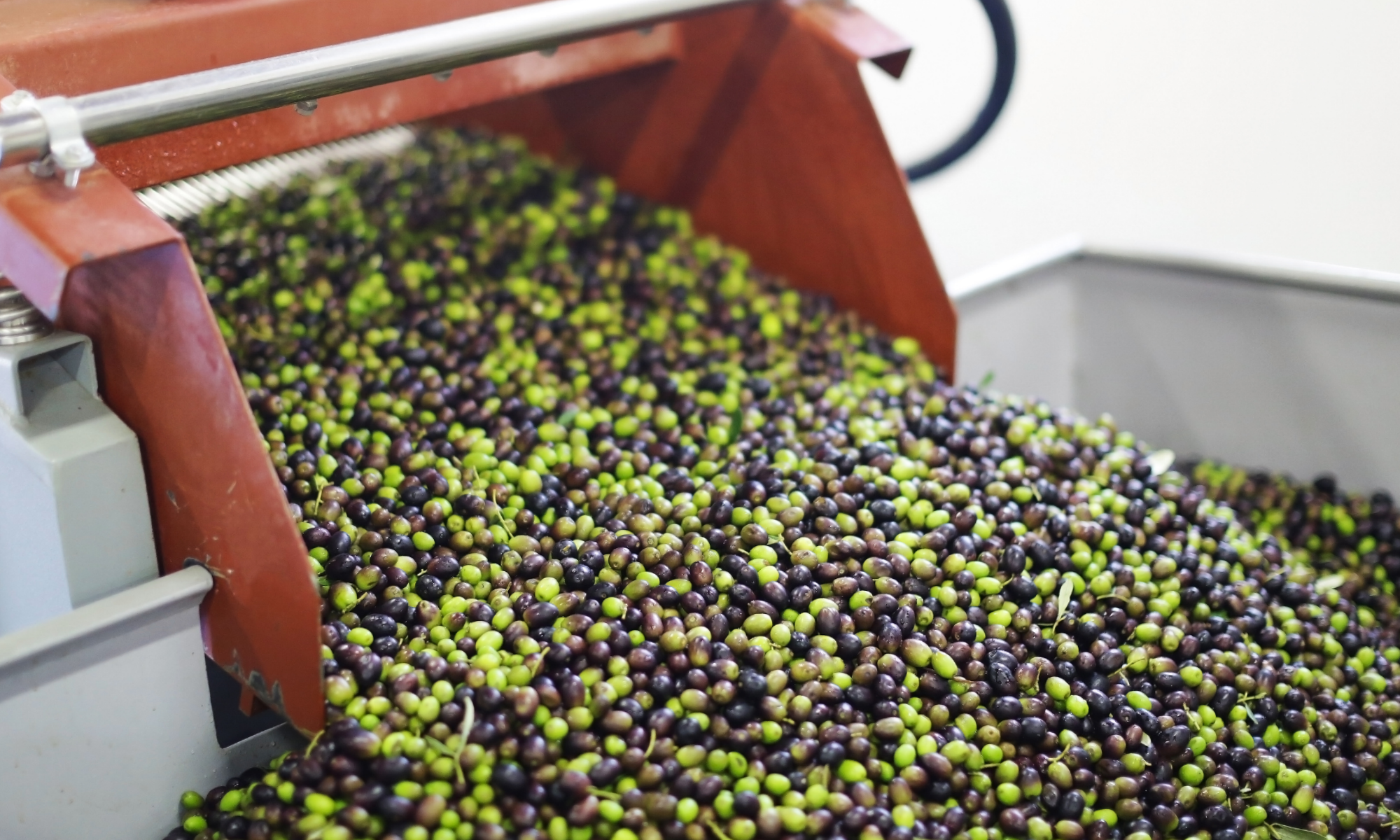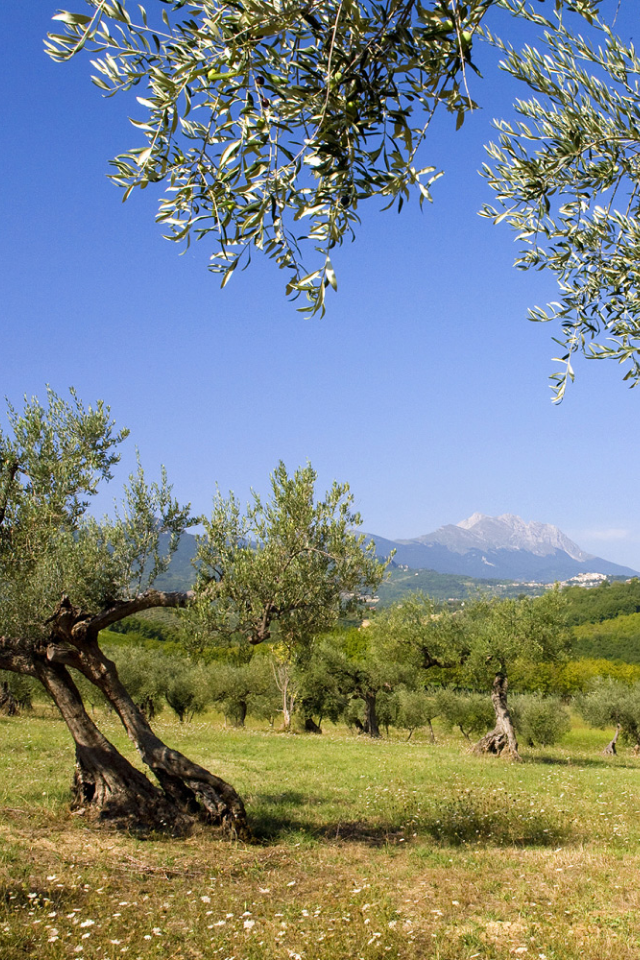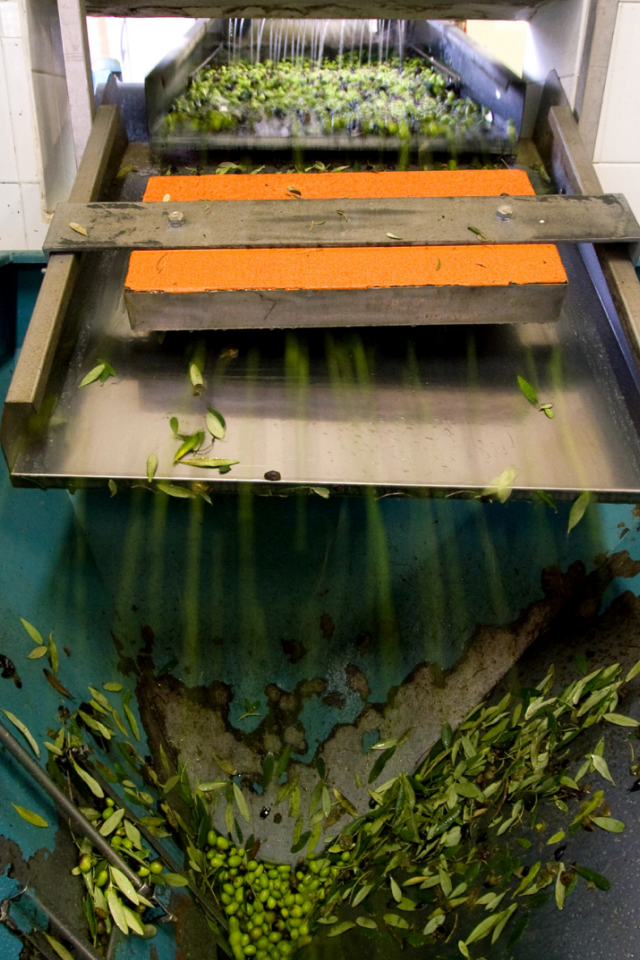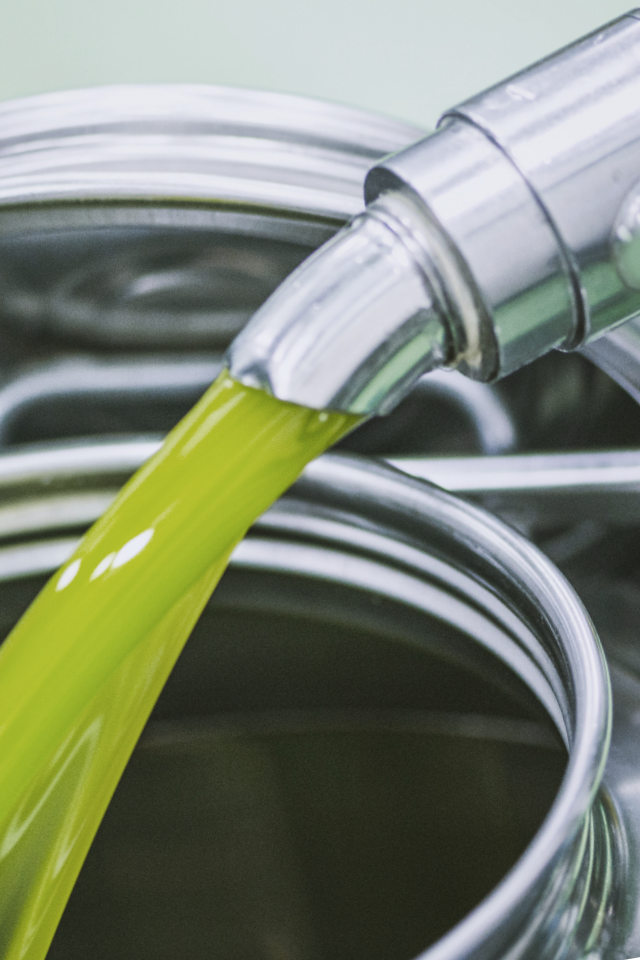Olive oil isn't like other oils. How to choose yours.
One of Jim's Rants
By Jim Dixon
By Jim Dixon

The labels don’t help. They all say extra virgin and cold pressed. It’s hard to tell where the oil comes from, let alone what it tastes like. Why does this big bottle cost $10, but this little one is $25? Which one can I cook with?

Before I knew better, I'd buy any olive oil marked 'extra virgin' and think I was getting the good stuff. Then I went to Italy. The olive oil I tasted in Italy was nothing like what I was getting here. I eventually learned that extra virginity isn’t regulated in the US, and most of the so-called extra virgin olive oil sold to Americans was a refined blend. Basically overpriced vegetable oil.
I started importing Italian olive oil 20 years ago so I’d have an endless supply for my own kitchen. To help pay for it, I sold some to my friends who liked to cook. Before long they wanted more. Because using real extra virgin olive oil makes food taste better. Samin Nosrat (author of Salt, Fat, Acid, Heat) notes that olive oil isn’t like other oils. It’s not just a cooking medium or source of fat. As Nosrat says, “the flavor of olive oil pervades every single molecule of a dish.”
I can tell you more, but here’s all you really need to know. We only sell olive oils that meet the international standard for extra virginity. They are all delicious. While you can use any of our extra virgin olive oils to cook, dress salads, or dip bread, you can do much more. Bake cake and cookies, stir fry vegetables, make popcorn, pour over a simple bowl of beans. I use olive oil every day with almost everything I eat.
For years I’ve told my customers to pick an olive oil that works for their budget, too. High volume users like me might want a less expensive oil for all around use, and maybe get a special oil for that perfect tomato. Or start with a couple of small bottles, and keep tasting until you find one you really like. Your food will taste better.



We only sell olive oil that is truly extra virgin, an international standard that specifies how the oil is made and how it tastes. Unfortunately, the rules for extra virginity don’t apply in the US, and many of the olive oils sold in America marked ‘extra virgin” are actually blends of refined and virgin olive oils. They don’t have the flavor of true extra virgin olive oils.
The official flavor notes for classifying extra virgin olive oil include fruity, bitter, and pungent. Olives are fruit, so fruity is an expression of the olives used to make the oil. Fresh off the tree they’re very bitter, and there’s a slightly bitter but not unpleasant note in all extra virgin olive oil. Pungency is often referred to as ‘peppery,’ and it comes from the phenolic compounds in olive oil that make it good for you.
We provide the fruity, bitter, and pungent ratings for all of the olive oils we sell. Some people like a stronger, more robust oil, while others prefer a softer, more buttery flavor. It’s a matter of personal preference. We like to use the more pungent olive oils when we want to emphasize the flavor of the oil, things like tomato and cucumber salads, a plain bowl of beans drizzled with oil, or simple steamed vegetables. But the differences between robust and mild extra virgin olive oils isn’t noticeable in most dishes.
While it’s true that some of the delicate flavors of extra virgin olive oil may be lost during cooking, it’s also true that anything cooked with good olive oil tastes better than it does cooked in a so-called neutral oil. Extra virgin olive oils can withstand high temperatures, too, with smoke points up to 400 degrees.
We think all of our oils are delicious, but if you get one you don’t like, we’ll send you a refund or something different. We started this business 20 years ago because we wanted our food to taste better, and we think yours will, too.